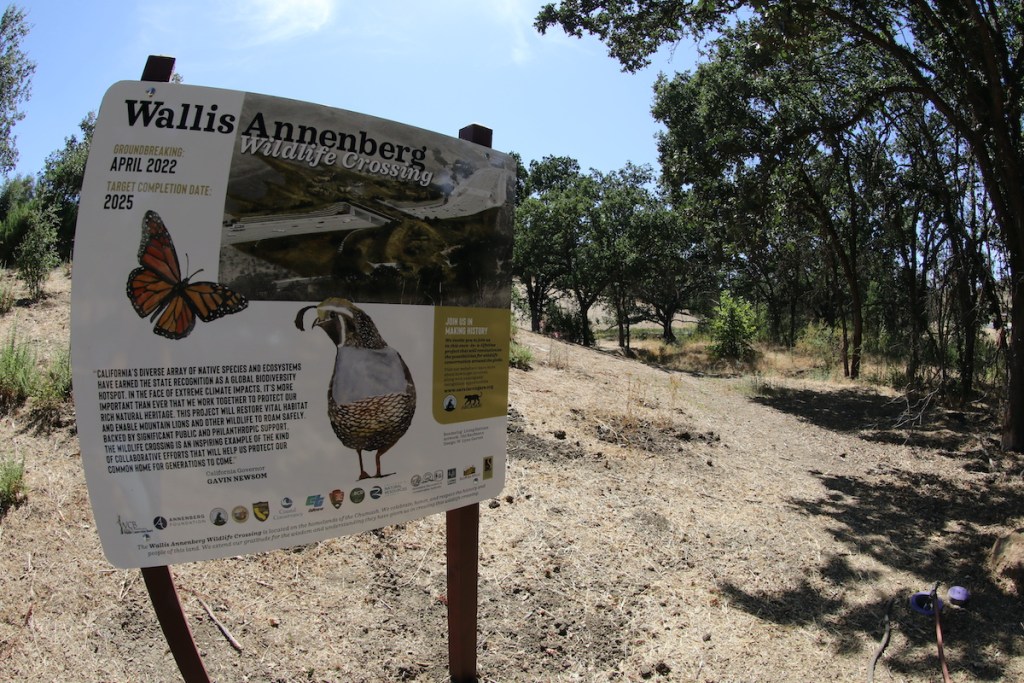The world’s largest wildlife corridor is now under construction over one of the busiest highways in Southern California.
The Wallis Annenberg Wildlife Corridor, a $100 million project, will span 10 lanes of Highway 101 off Liberty Canyon Road in Thousand Oaks.
“The Wallis Annenberg Wildlife Crossing has already inspired a worldwide movement around crossings and caused people to reimagine what is possible for connecting urban spaces for wildlife,” said Beth Pratt, wildlife advocate, author, and California Director for the National Wildlife Federation. “It helped raise public awareness about the need for crossings and coexisting with wildlife.”
Completion is scheduled for 2025. When it is finished, the corridor will provide safe passage between the Susana and Santa Monica Mountains for myriad wildlife. Mountain lions, bobcats, badgers, coyotes, deer, birds, and reptiles will all benefit. Its extended reach, though, will enhance biodiversity throughout the region.
Over the years, Santa Monica mountain lions have suffered greatly from the lack of safe passage between their territories. Several have been killed trying to cross the 101. The ones that have survived the gauntlet of blinding headlights and traffic have found mates, but inbreeding has taken its toll on the small population. The National Park Service (NPS), which manages the Santa Monica Mountains Recreation Area, tracks about 10 mountain lions in the area at any one time, although this varies.
Sign up for Indy Today to receive fresh news from Independent.com, in your inbox, every morning.
The crossing will be about 210 feet long and 175 feet wide, and it will be landscaped in native flora. There will be game trails, but not maintained trails; it’s not for hikers, but wildlife only.
The mountain lion known as P-22 is a perfect example of the need for connection. He traveled from the Santa Monica Mountains and famously navigated Highways 101 and 405 before settling in Griffith Park in 2012, but he does not have a mate. He’s lived alone since he arrived.
The project has already inspired other states and the federal government to look at adding legislation, budgets, and policies for crossings in the name of sustained biodiversity.
“This crossing will provide a path for animals south of the 101 to disperse, who have been marooned for so long, to travel north, potentially all the way to Los Padres so cougars can start having dates outside their families,” continued Pratt.
“Although the Wallis Annenberg Wildlife Crossing will help save this local population of mountain lions, it is also reconnecting a regional ecosystem for all wildlife, large and small,” said Pratt. “The same genetic isolation that the mountain lions have suffered from is also showing up in research by the NPS in birds and lizards.”
Support the Santa Barbara Independent through a long-term or a single contribution.

